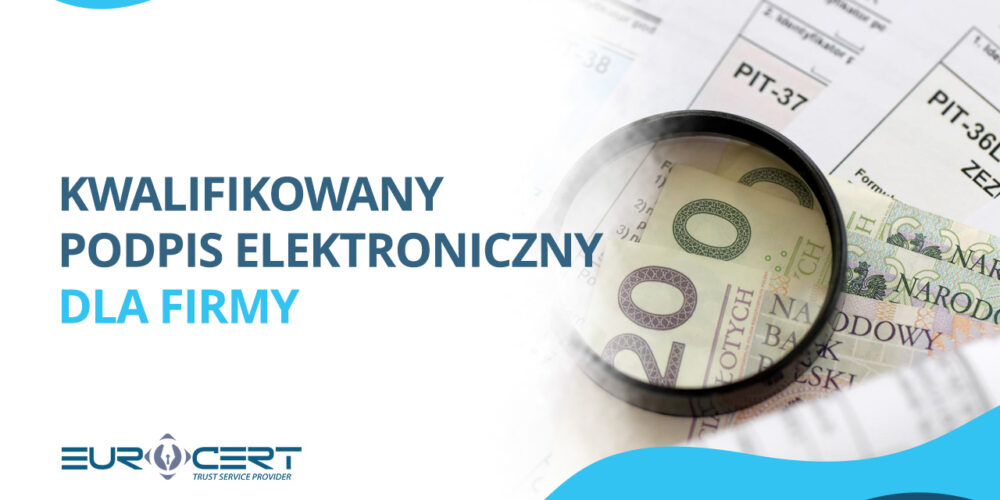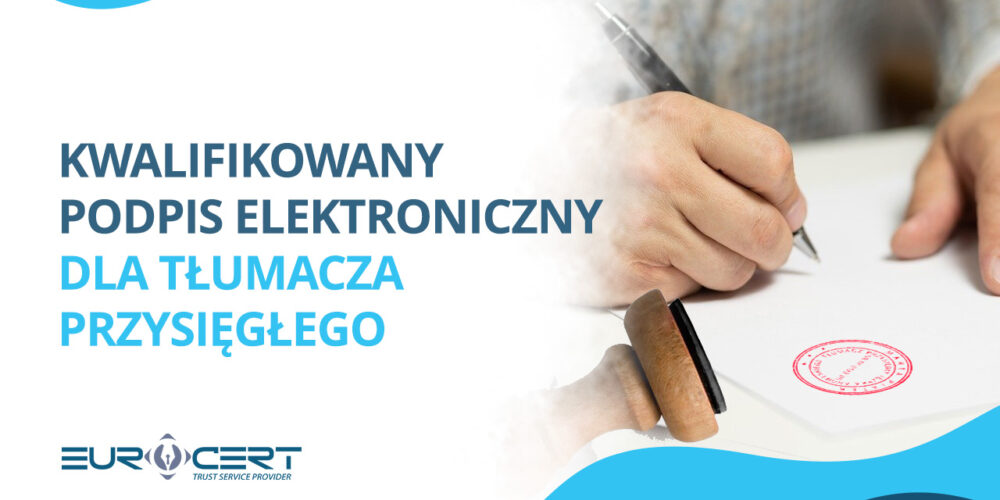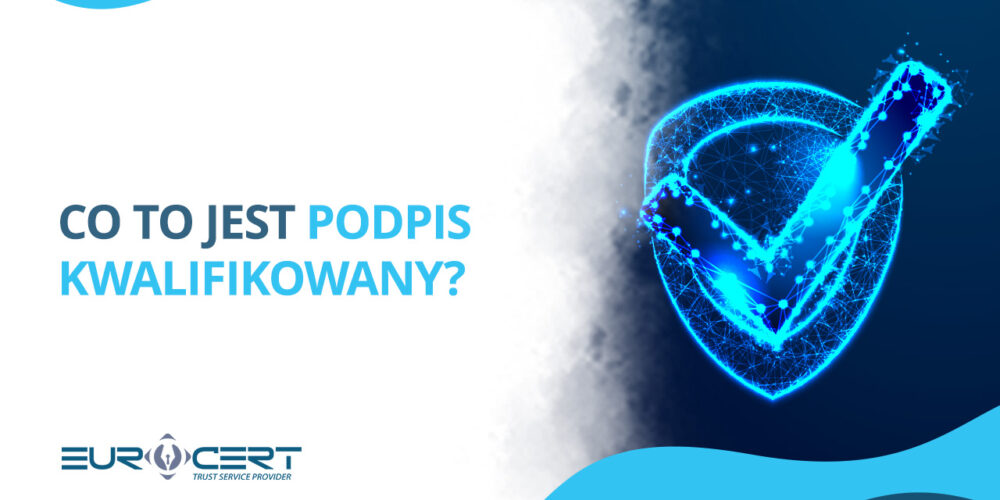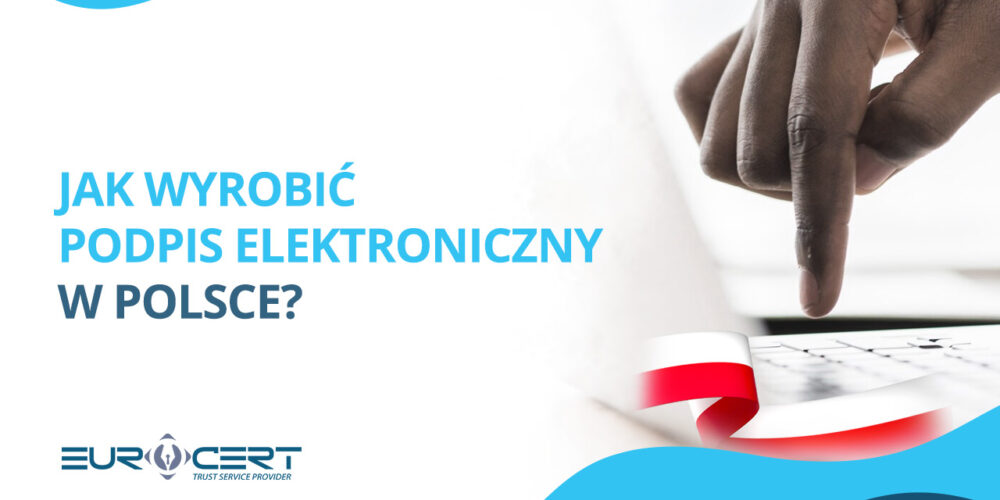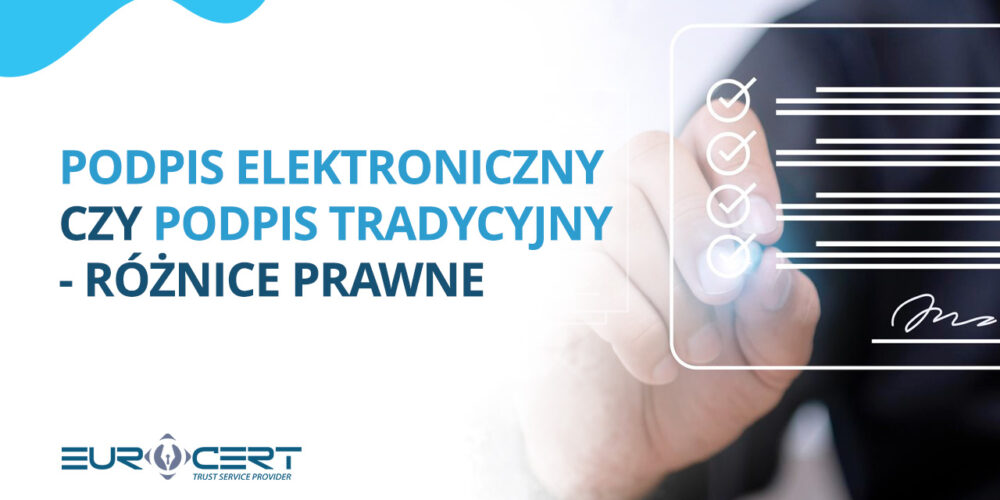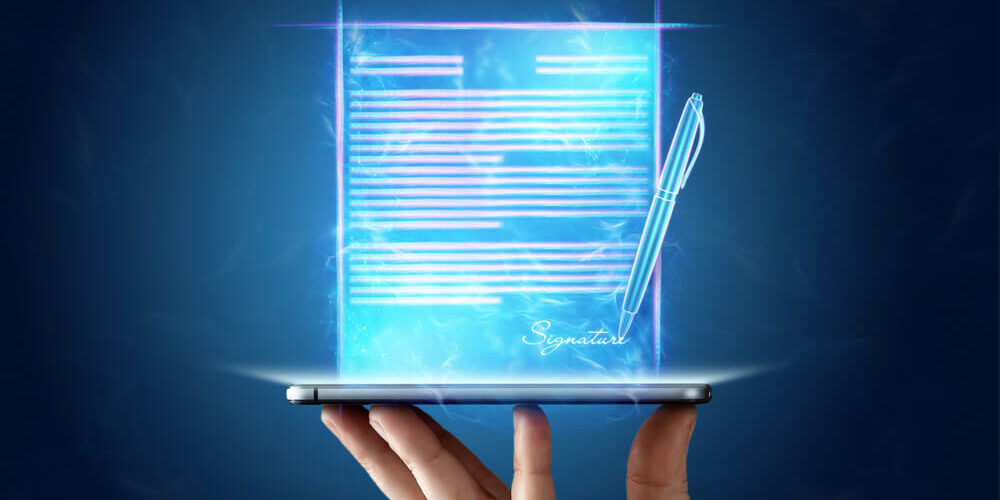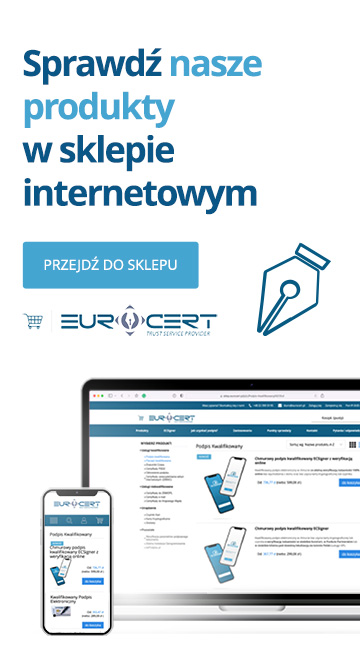In the era of construction digitization, architects have more opportunities to leverage new technologies. One of these is the creation of building designs in electronic form, which can be signed with a qualified signature. Such a signature in an architectural office offers many benefits, streamlining various business processes. Modern technological solutions are increasingly supporting different industries. Thanks to the ongoing digitization of construction processes, architects can serve their clients more quickly and efficiently. Legal changes introduced in 2020 and 2021 have made it possible to replace traditional paper documents or architectural and construction designs with their electronic versions. These must be signed with an e-signature, such as a qualified electronic signature, which is the most versatile option available on the market.
Electronic Construction Design
One advantage of using a qualified signature in an architectural office is the ability to sign electronic construction designs. Since July 1, 2021, architects can prepare architectural and construction designs, site plans, and technical designs not only in traditional paper form but also digitally. However, it is mandatory to sign such documents with an electronic signature, which is necessary for submitting electronic building permit applications via the General Office of Construction Supervision’s platform.
Adding a qualified signature to an e-design enables smooth communication between the client and the architect. The office can deliver the e-design to the client much faster, for example, via email or cloud storage. Additionally, the client can trust that the design is created by a certified professional whose identity was verified during the qualified certificate issuance. For the architect, a qualified e-signature provides protection against dishonest clients, as any modifications or file replacements attempted after the design has been signed can be proven.
Client Agreements Signed with an E-Signature
An architect with a qualified signature can sign contracts with clients remotely. Signing a design service agreement using such a signature is legally equivalent to signing a written agreement. This allows all business matters to be handled remotely without leaving home. In contrast, a written agreement signed remotely requires two physical copies, which must be sent by courier or mail to the client and then returned to the architect, a process that can take several days.
Check the offer of qualified signatures
Timestamps for Architects’ Qualified Signatures
A qualified signature allows for effective version control of construction designs when used in conjunction with a qualified timestamp. Timestamping records the exact date of creation of a specific design version, ensuring chronological order and facilitating file archiving at every stage of the design process.
Intellectual Property Protection
Using a qualified signature with a timestamp effectively protects architectural works captured in construction designs. By signing an e-design this way, an architect can easily prove the moment of its creation, for example, if someone unlawfully uses their idea. A document signed with a qualified signature also serves as evidence in court should disputes arise in this area.





